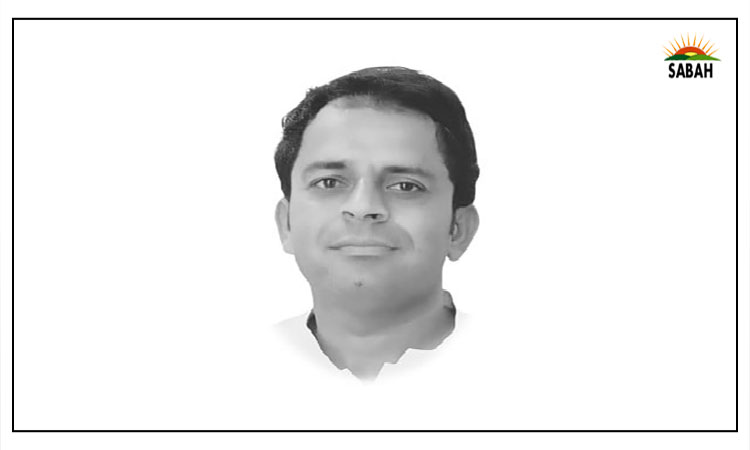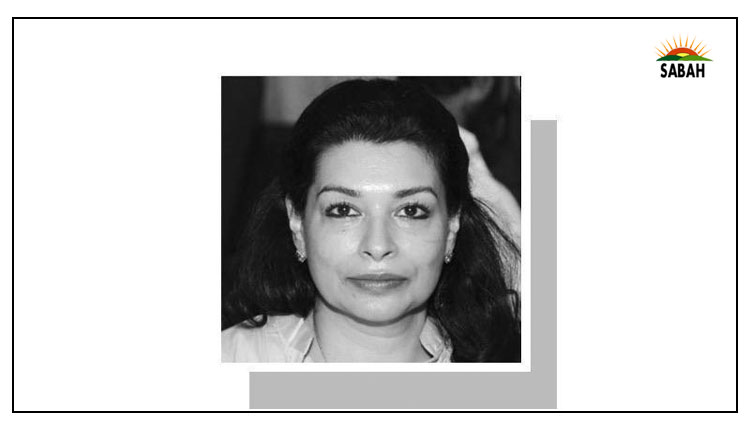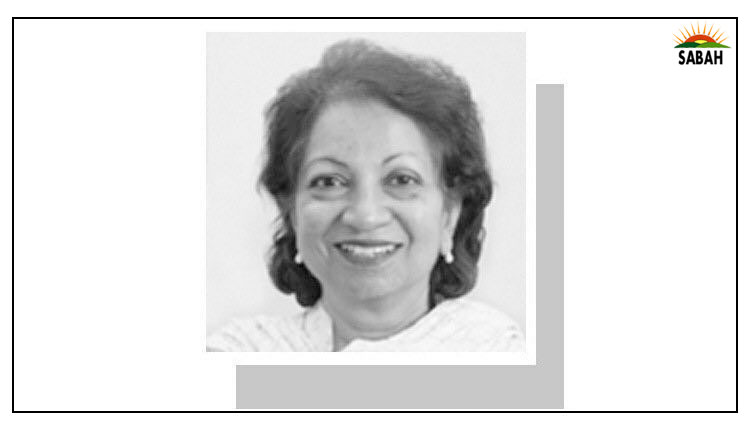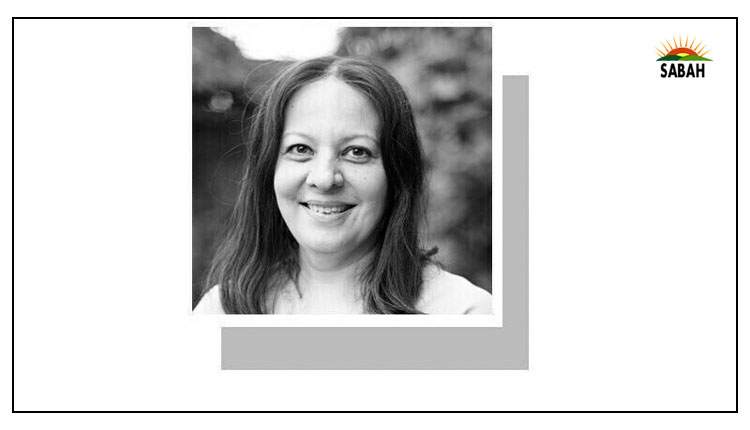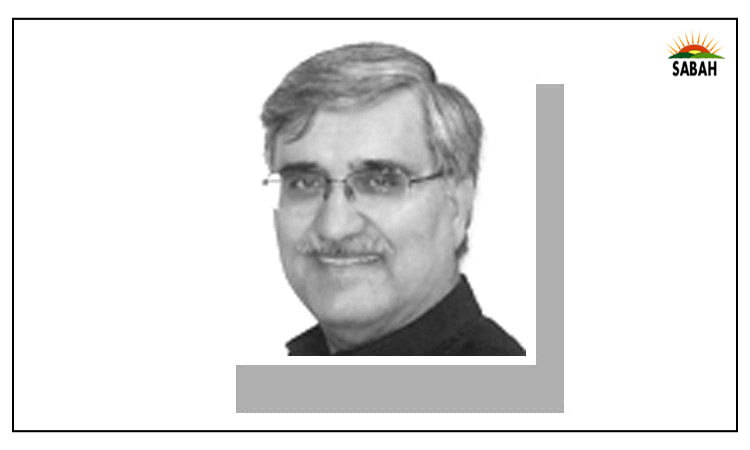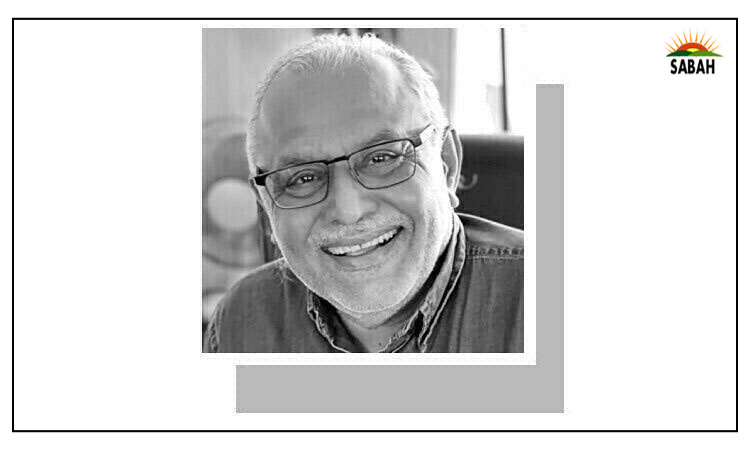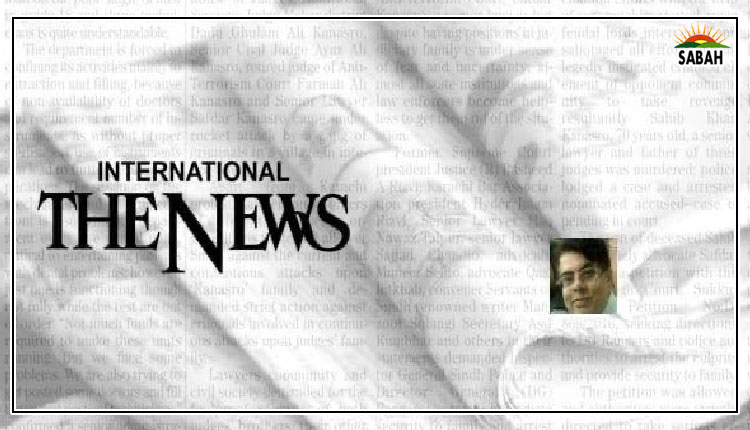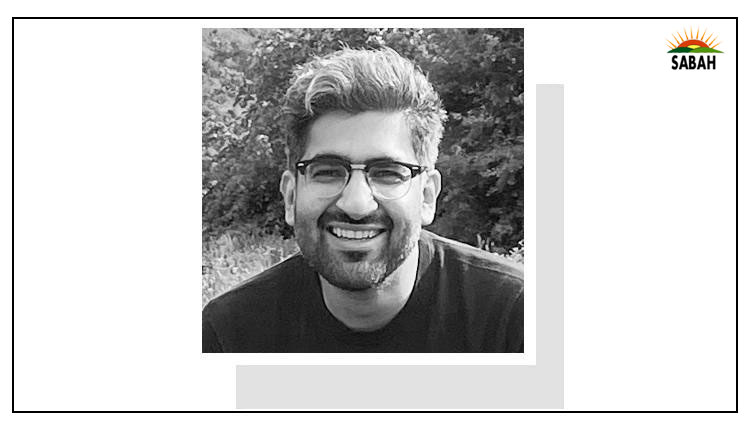An unwanted fifth season…Umair Javed
PUNJAB’S unwanted fifth season — smog — is currently in full bloom. Air quality in cities like Lahore, poor throughout the year, is at its toxic worst between October and January, with AQI readings well above 500 on most days.
The government’s response so far hinges on school closures and the enforcement of location-specific lockdowns. While keeping vulnerable groups, like children, away from public spaces filled with poisonous air is understandable, it is unlikely that air quality will be much cleaner at home.
Protest and despair at poor air quality is now a standard ritual during these months. Since at least 2015, when the onset of smog became sharply apparent in October, environmentalists and other experts have deliberated on what can be done to solve the issue. The answers are wide-ranging, and the absence of government ownership of the problem in the first few years didn’t help.
Almost a decade on, we can claim some clarity on the proximate causes of the air quality crisis. We know, thanks to source apportionment studies, that transport and industrial emissions are a major source of the problem, when averaged out through the year.
On account of further work, by Cambridge- and Oxford-based scientists Abdullah Bajwa and Hassan Sheikh, we know that vehicle fleet age, two-stroke engines in motorcycles and rickshaws, along with fuel quality are significant features of the problem.
We also know that crop burning in East Punjab contributes to the spike in smog levels during these current months, partly because of wind direction and the inversion of temperature that keeps particulate matter suspended in the air for longer.
Knowing all what we know now, the set of solutions available to us is also fairly clear. Changes in fuel quality, enforcement of fitness standards to phase out polluting vehicles, stricter regulations on industrial emissions, and the development of mass transit solutions to reduce the number of private vehicles on the road are all steps adopted by cities that grappled with air quality issues during the 20th century. In the present context, we have the additional option of ensuring public transport doesn’t add to the problem, mainly by inducting New Energy Vehicles.
Similarly, given that emissions do not respect the Radcliffe line, fenced or otherwise, cross-border collaboration between the two Punjabs is a categorical necessity. Domestic standards and interventions mentioned earlier will clear up the air, through the year on average, but spikes during October-November require the two countries to cooperate more closely and forge a collective solution.
Like with many other public policy issues in Pakistan, offering a set of solutions is not necessarily the problem. In fact, many of these interventions have been identified by the government itself, including through its own source apportionment studies carried out in the last few years. The challenge for us is one of state capacity and fiscal resources. It is precisely this challenge that makes one far more pessimistic about the short- and medium-term prospects for cleaner air.
State capacity is the ability of public sector institutions to implement whatever rules, regulations, objectives it sets out to achieve. As sociologist Michael Mann put it, this ability itself is of two types of power — despotic, which usually relies on punitive and coercive capacity; and infrastructural, which relies on cooperation, coordination, and behavioural shifts.
The weakness of infrastructural power among Pakistani public sector organisations is fairly clear. Rules and regulations, when they do exist, are subverted by powerful societal actors, or undermined by state officials themselves. When the state attempts to deliver services itself, it runs into significant resource constraints, or falls prey to various forms of inefficiencies.
These weaknesses are both a cause and a consequence of increased privatisation in every domain. People who can afford to opt out of state delivery in domains such as housing, water, health, education, even energy, have done so. The market caters to all such needs, as long as people can pay. With the rich and powerful no longer reliant on the state, there is even less pressure on officials to cater to the needs of those who have no other option.
Air quality, however, is an issue that cannot be privatised beyond the mere use of air purifiers in private spaces. Given the rate at which the AQI index is climbing, even purifiers won’t be able to solve the issue. Sure, the rich will have access to better healthcare and the luxury of not going out unless absolutely necessary, but that doesn’t offer the same type of insulation that an off-grid solar system or generator does against a failing public sector electricity grid.
There is no option, then, but to address the crisis. All the steps mentioned above require not only great fiscal outlay, but also the state to perform at a level of ability and capacity that it has seldom demonstrated in recent years. Will government departments tasked with monitoring vehicle fitness levels step up and increase monitoring?
Will local administrators who carry the responsibility of shutting down polluting industrial units be given the resources and protection to take on powerful interests? Will narrow national security considerations be set aside, and meaningful cross-border collaboration initiated?
Such steps can only take place once there is a level of clarity within the government about the smog issue being a public health crisis bigger than any encountered in the past. And that it requires explicit and dedicated attention over a long period of time to solve. Praying for a change in weather is not a sound strategy; similarly hoping that people forget about it or get used to it won’t save anyone’s lungs. The capacity required to tackle the problem needs to be built by the state, and the time to do it is right now.
Courtesy![]()


